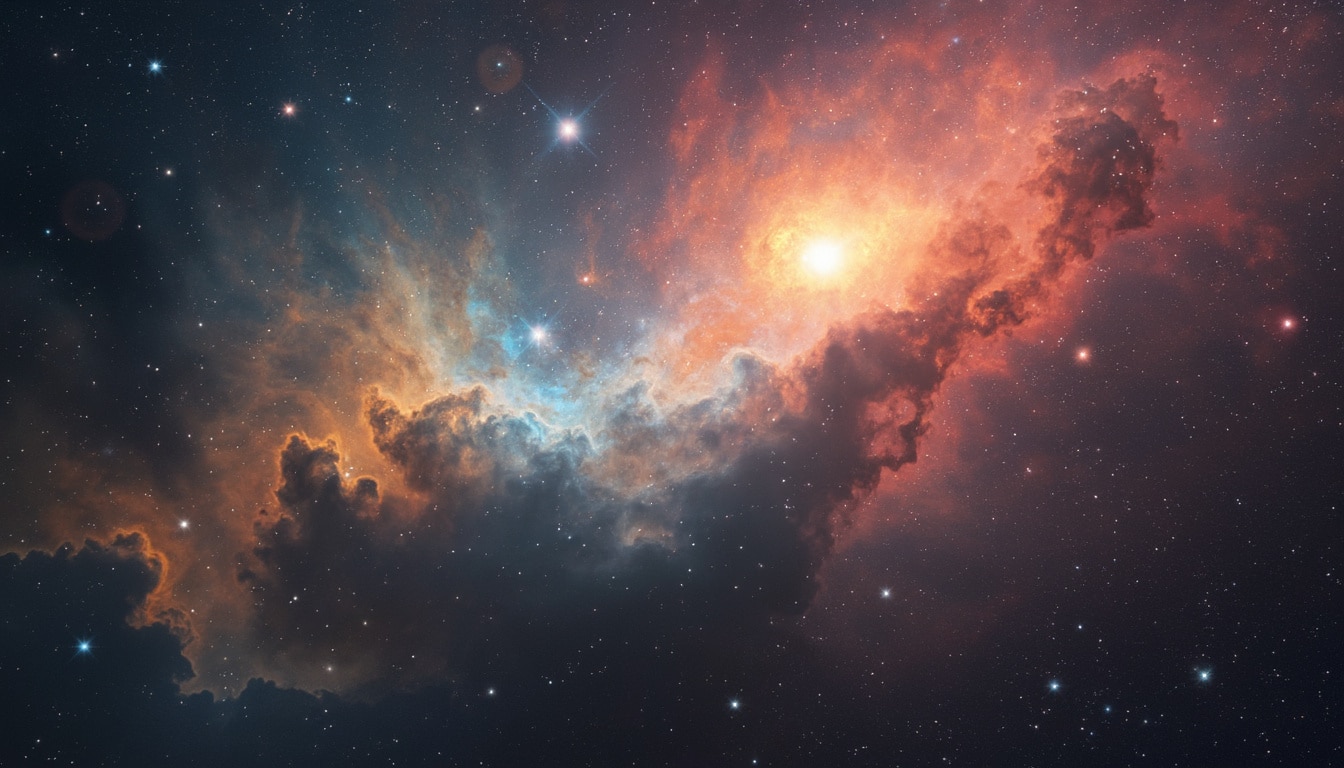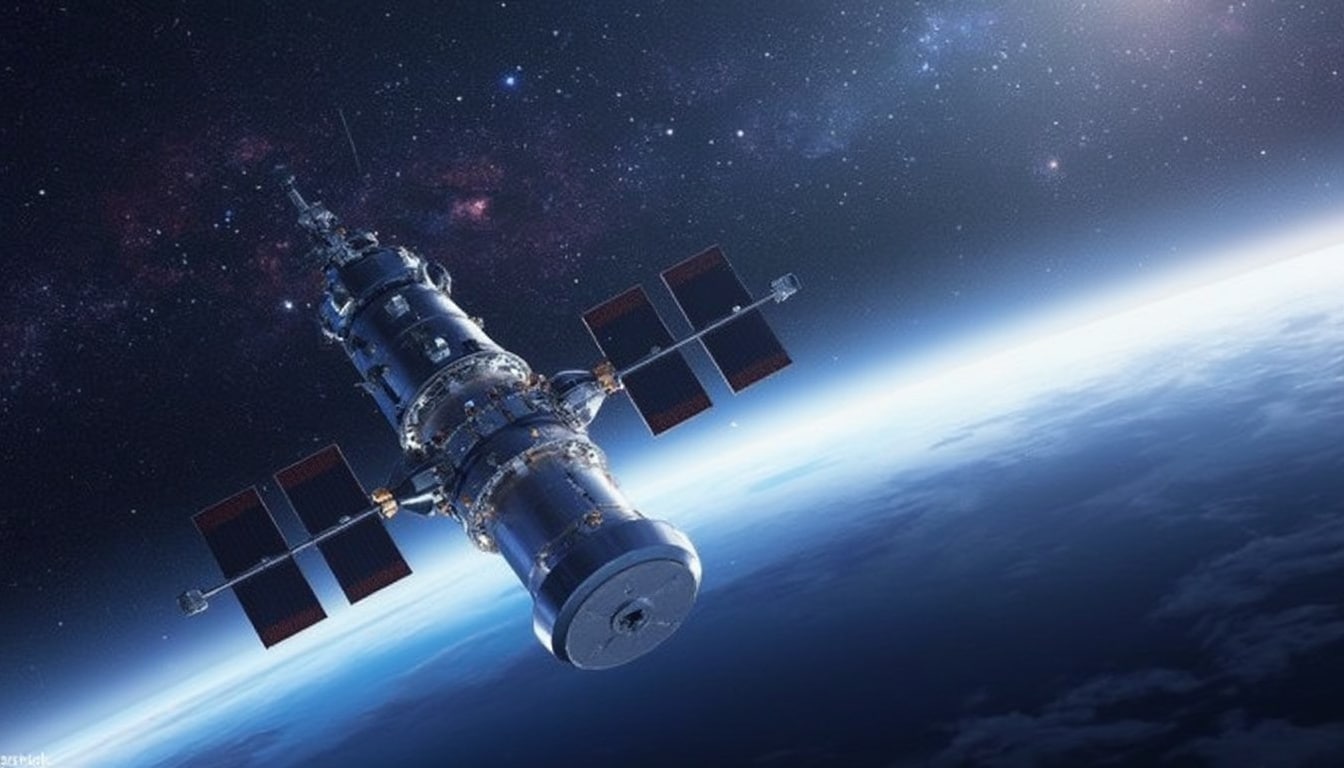Embarking on a journey through the cosmos can ignite a sense of wonder and curiosity about our universe. Every day, a captivating image or photograph of the universe is showcased, each symbolizing the breathtaking beauty and complexity found beyond our planet. This experience goes beyond mere visuals; it’s a gateway to understanding astronomical phenomena, the structures of celestial bodies, and the intricate dance of planets and stars. With resources like the Astronomy Picture of the Day and esteemed organizations such as NASA leading the charge, anyone interested can delve deeper into the cosmic mysteries, even from the comfort of their home.
From the majestic landscapes of distant nebulae to the intricate details captured by the Hubble Space Telescope, every image tells a story. By exploring these pictures and the accompanying explanations, we can connect with the stories they tell, driven by the intelligence and curiosity that define our exploration of the universe.
The Astronomy Picture of the Day
The Astronomy Picture of the Day (APOD) is a remarkable platform where both enthusiasts and novices can explore the wonders of the universe. Each image featured comes with a concise explanation crafted by professionals, giving viewers insights into the science and artistry behind heavenly phenomena. Accessing images from this resource allows individuals to become acquainted with a variety of astronomical concepts and phenomena.

The Significance of Daily Discoveries
Daily discoveries through APOD not only foster appreciation for the universe but also highlight ongoing research in astronomy. Each image often corresponds with current explorations and scientific findings, making it an invaluable tool for engaging with astronomical knowledge. Furthermore, the platform encourages a wider public interest in space science, as virtually anyone with internet access can explore these captivating images. Through various filters and categories available at resources like NASA Image Galleries, users can search for specific themes, such as planetary exploration, stellar phenomena, or even the latest findings from the James Webb Space Telescope.
The Role of Hubble and Other Telescopes
The scope of astronomical exploration has expanded immensely, thanks in large part to ground-breaking telescopes. Instruments like the Hubble Space Telescope have dramatically transformed our perception of the universe. Hubble’s capacity to capture intricate details of distant galaxies and nebulae has contributed significantly to our scientific understanding and sparked tremendous interest in the cosmos.

Revolutionizing Astronomy
The Hubble Space Telescope was launched in 1990, marking a significant leap in our observational capabilities. Positioned above the atmosphere’s distortions, Hubble provides clear and detailed images of celestial objects. Its findings have changed our perspective on cosmic events, from the discovery of exoplanets to unraveling the mysteries of black holes. Notably, Hubble’s observations helped determine the age of the universe, a monumental milestone in our understanding of cosmic history.
Furthermore, ongoing advancements in technology promise even greater insights. Upcoming missions, such as more sophisticated telescopes designed for future adventures beyond our planet, are poised to unlock new secrets. For instance, projects like SpaceX are getting ready for missions aimed at improving our understanding of distant worlds. Such innovations not only boost scientific progress but also inspire the next generation of astronomers to explore the celestial maze.
Stargazing: Connecting with the Night Sky
Stargazing is an activity that binds people universally, evoking a sense of connection with the cosmos. Whether you’re an experienced astronomer or just a curious observer, the night sky holds an immense treasure trove of wonders waiting to be discovered. Resources like Astronomy Magazine and Sky & Telescope provide valuable guides on observing celestial events, promoting engagement with the universe.
Making Stargazing Accessible
With apps designed for sky observation, anyone can enjoy stargazing with minimal equipment. Tools like Microsoft’s astronomy app allow users to identify stars, planets, and constellations just by holding their devices up to the sky. Such accessibility brings the universe within reach, fostering a growing interest in astronomy. Regardless of where one stands on their astronomical journey, the beauty of the stars is a sight that transcends barriers.
Additionally, organized stargazing events, often endorsed by local astronomy clubs and institutions, offer the perfect opportunity for enthusiasts to gather. These events unite individuals with a passion for astronomy, creating communities focused on exploring the skies. Local observatories frequently host nights where the public can observe celestial events through powerful telescopes, turning theory into reality.
Understanding Light Pollution and its Effects
Light pollution is a growing concern for stargazers and astronomers alike. Urban environments illuminated by artificial light wash away the natural glow of the stars, making it increasingly difficult to observe celestial objects. This phenomenon not only hampers the viewing experience but diminishes scientific research opportunities as well.

Raising Awareness
Organizations and individuals dedicated to raising awareness about light pollution stress the importance of preserving dark skies. By promoting initiatives to reduce unnecessary lighting, they strive to maintain the beauty of the night sky. The impact of light pollution is not just aesthetic; it can also affect wildlife behavior and disrupt ecosystems. Engaging the public in discussions about light pollution can foster a culture of appreciation for our night skies.
Efforts to combat light pollution include legislation about outdoor lighting, community programs, and educational workshops that inform the public about its impact. Through these initiatives, awareness is increased, and stargazing can be enjoyed in all its natural beauty once more.
Exploring Beyond Our Planet
The quest for knowledge about the universe has led to numerous exciting explorations beyond our planet. NASA and private companies like SpaceX are at the forefront of this exploration, driving humanity’s efforts to understand the cosmos. From sending probes to distant worlds to exploring potential life on Mars, possibilities are endless.
Inspiring Future Generations
Education plays a critical role in fostering interest in space exploration. Programs aimed at schools encourage students to engage with science in ways that seem relevant and exciting. Outreach initiatives bring astronomy to underrepresented communities, helping to inspire a diverse array of young minds eager to pursue careers in science. Institutions, including National Geographic and Scientific American, dedicate resources toward making scientific knowledge accessible, igniting curiosity in future scientists.
Moreover, engaging storytelling about space exploration captivates audiences around the world. Each mission tells a profound story of perseverance, innovation, and inquiry, resonating across cultures. The exploration of space, more than ever, sparks a collective fascination with the universe that compels us to work together toward shared goals in understanding our cosmos.
| Aspect | Importance | Current Insights |
|---|---|---|
| Astronomy Picture of the Day | Daily inspirations and education | New discoveries posted each day |
| Telescopes | Revolutionizing research and exploration | Detailed studies of distant celestial bodies |
| Stargazing | Connecting communities | Events and public immersions |
| Light Pollution Awareness | Preserving natural night sky beauty | Community efforts to reduce light impact |
| Space Exploration Initiatives | Uncovering cosmic mysteries | Innovative missions launched by NASA and SpaceX |




Leave a Reply